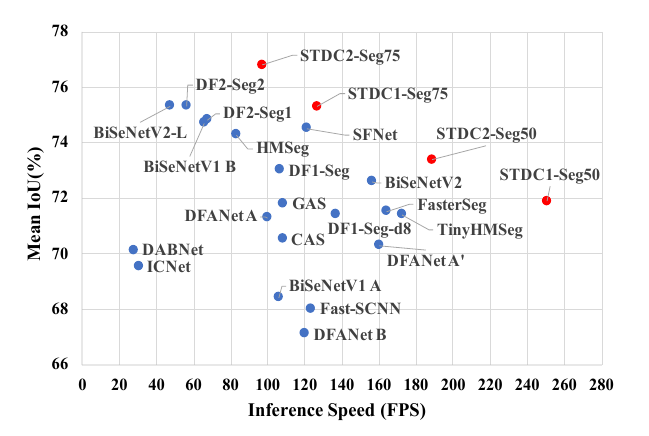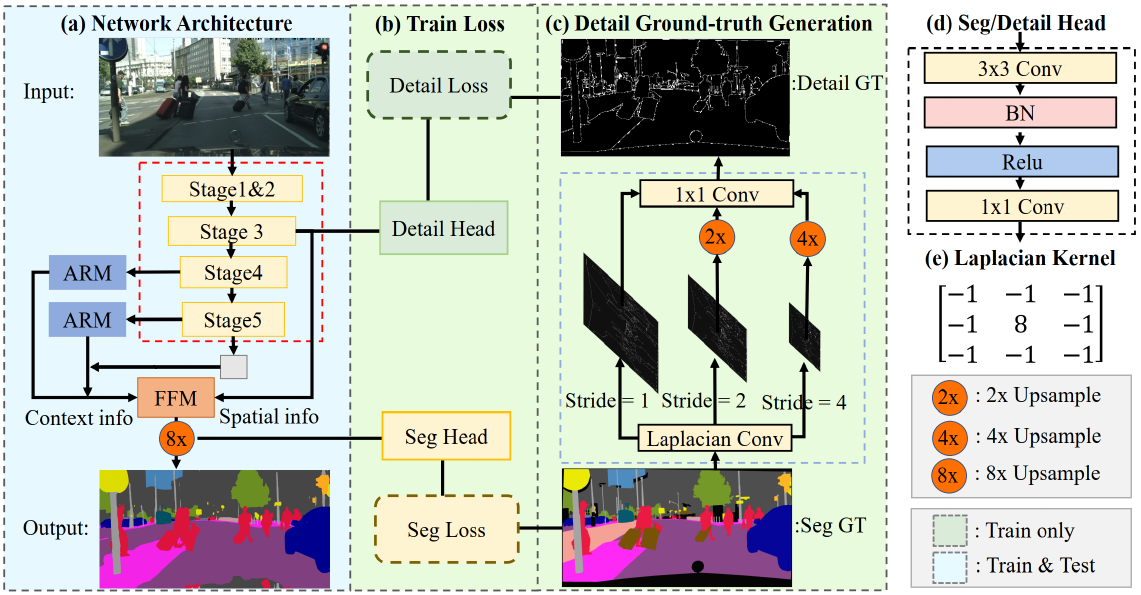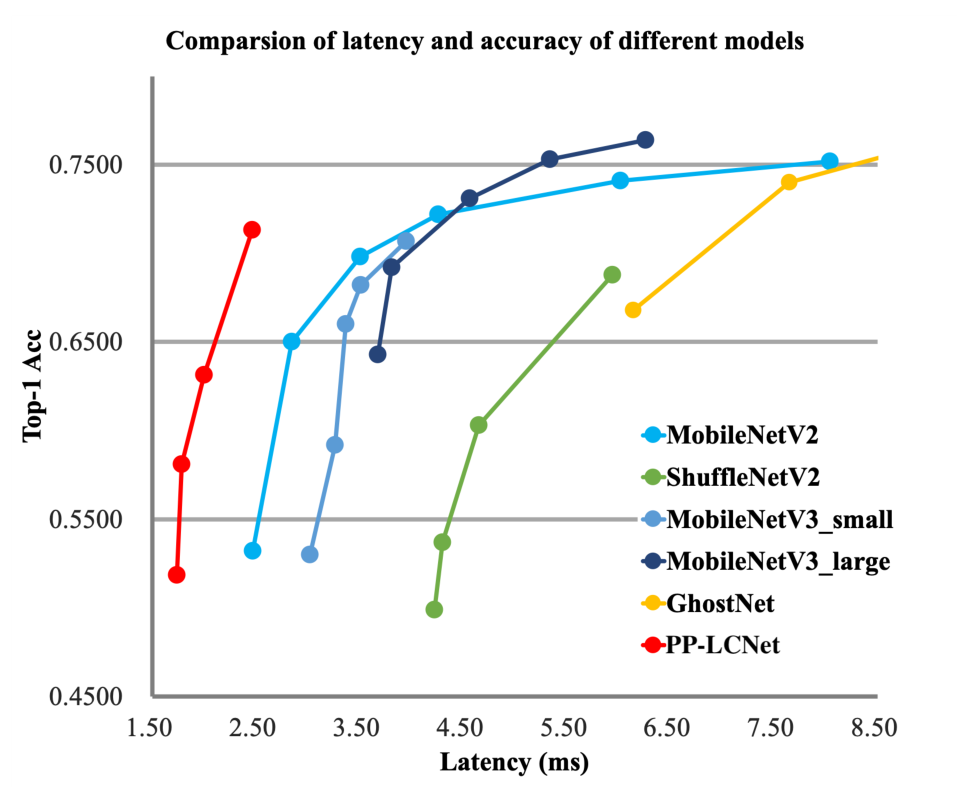这是一篇讲解一种轻量级主干网络的论文。原论文(MobileNetV2: Inverted Residuals and Linear Bottlenecks)。
- 本文主要针对轻量特征提取网络中结构上的三个修改提高了网络性能。
- 本文总思路:使用低维度的张量得到足够多的特征
摘要:
In this paper we describe a new mobile architecture, MobileNetV2, that improves the state of the art performance of mobile models on multiple tasks and bench- marks as well as across a spectrum of different model sizes. We also describe efficient ways of applying these mobile models to object detection in a novel framework we call SSDLite. Additionally, we demonstrate how to build mobile semantic segmentation models through a reduced form of DeepLabv3 which we call Mobile DeepLabv3. is based on an inverted residual structure where the shortcut connections are between the thin bottle- neck layers. The intermediate expansion layer uses lightweight depthwise convolutions to filter features as a source of non-linearity. Additionally, we find that it is important to remove non-linearities in the narrow layers in order to maintain representational power. We demon- strate that this improves performance and provide an in- tuition that led to this design. Finally, our approach allows decoupling of the in- put/output domains from the expressiveness of the trans- formation, which provides a convenient framework for further analysis. We measure our performance on ImageNet classification, COCO object detection [2], VOC image segmentation [3]. We evaluate the trade-offs between accuracy, and number of operations measured by multiply-adds (MAdd), as well as actual latency, and the number of parameters.





